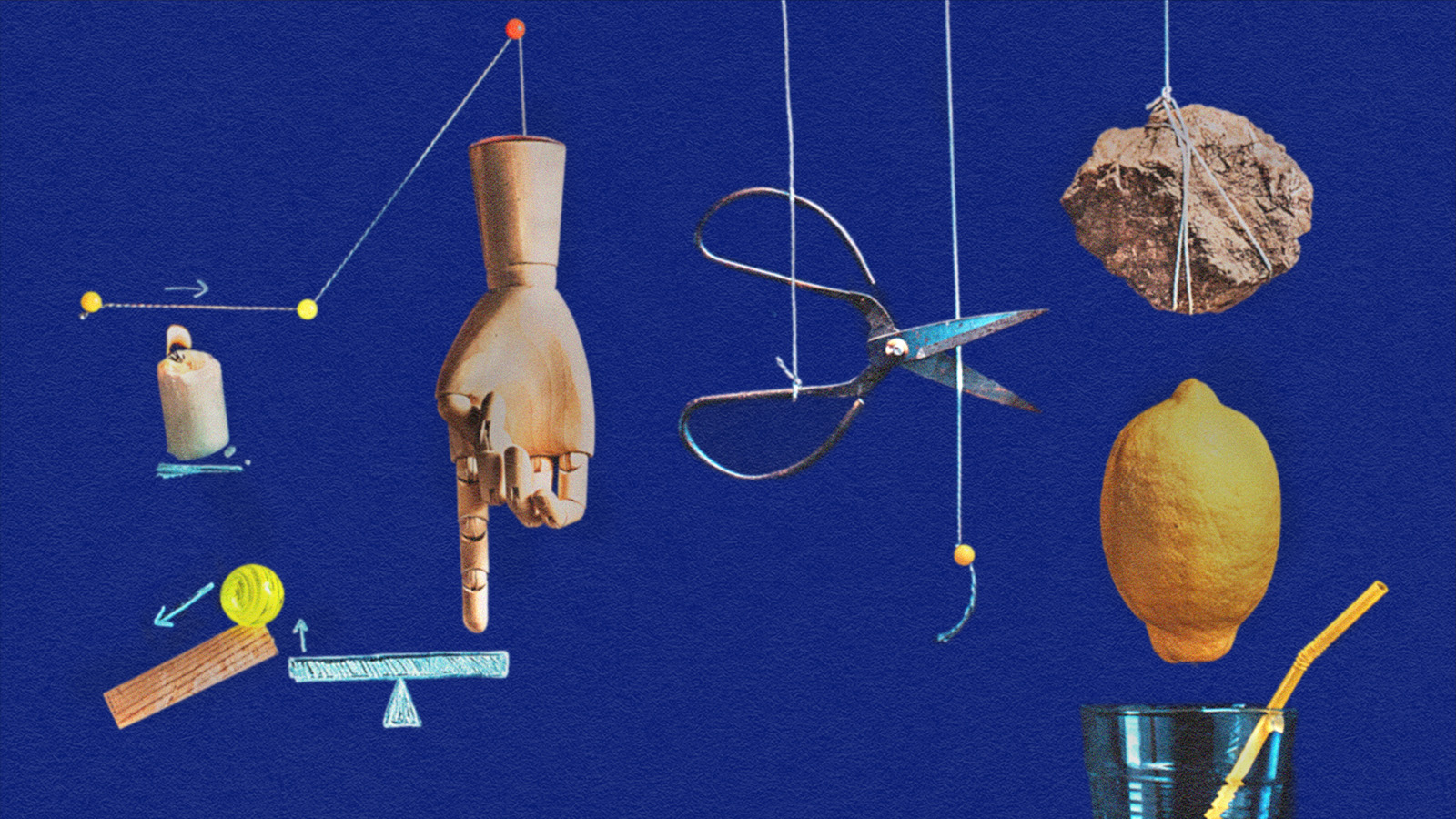What would it take to create a great place to work for all?

The business case for diversity and inclusion is overwhelming. We know that diverse teams benefit from increased productivity and a wider knowledge base. We know that varied perspectives help us source new ideas and generate creative solutions better than more uniform workplaces. And we know that companies who support diversity enjoy better reputations and happier clients.
Despite knowing the many benefits, many organizations continue to struggle against the same tribal tendencies and inner circle gatekeeping of years past. While there has been progress, it has not been the progress so many have hoped and worked so hard for.
In this video lesson, Michael Bush, CEO of Great Place to Work, recognizes the limitations of diversity-and-inclusion conversations. But rather than become frustrated, he says, we must instead shift our framework.
New Language
- The words “diversity and inclusion” can create tension. We tend to associate the phrase with race, which we don’t know how to talk about. As a result, we dilute the problem. We avoid difficult conversations—and become unengaged.
- Try using the words “for all”, which tend to feel non-threatening and inclusive. They turn the conversation into a positive one—and people become engaged.
Although the phrase has the best of intentions, “diversity and inclusion” is a heavy one to drop on a room. As Bush notes, it comes bundled with associations of spine-stiffening conversations and difficult to unpack terms. Once uttered, the phrase creates an atmosphere of a public confessional.
By choosing his language carefully, Bush transforms the conversation from one of guilt or trauma to one of positive, universal construction. We can perform a simple test here:
- “We need to discuss developing a work environment that makes diversity and inclusion paramount and mission-centric.”
- “Let’s figure out how to make this a great place to work for all.”
Which phrase sounds more inviting? For most, it will be the second option, and that’s because Bush has tapped into an important element of language. While we want our language to sound as monumental as the ideas it represents, sometimes it’s the simplest image or explanation that motivates real change. Because it’s so simple, everyone can get behind it.
A Commitment to Closing the Gap
- Different groups can have a different employee experience based on their:
- Gender
- Employment status
- Job function
- Level of seniority
- Underrepresented groups look for leaders that will inform them and involve them in decisions. Ask: Are we creating separation between the meeting room and the “inner circle”? Do we risk losing people by excluding them?
Opening the door to diversity is great, but what happens once everyone is inside? If the answer is business as usual, then what was the point of opening the doors in the first place? The inner circle needs to expand to include individuals of different employee experiences; otherwise, the benefits of a “for all” workplace are lost.
For example, we noted that varied perspectives help organizations source new ideas and generate creative solutions, but that benefit only comes to fruition if those varied perspectives have a voice at the table where decisions are made. A revolutionary idea unheard is of no benefit to anyone.
Personalized Management
- If you treat everyone the same (equality), you’re not going to get the best out of your employees. Equality can actually exclude people.
- Instead, treat everyone as individuals (equity). Tailor your programs, practices, and policies to what each employee might need.
We can sometimes confuse equity and equality, but there is an important distinction. Equality represents a state in which everything is equal. Equity represents the quality of being fair but also just and impartial.
Of course, we can never reach true equality in our organizations. People come to us with different skills, backgrounds, and personal philosophies. The world outside our organizations is constantly changing. And equality isn’t really what people desire—let’s call this the Harrison Bergeron fallacy.
As Bush informed us, “[Equality is] just not the way humans work. You have to meet people where they are and be flexible enough, listen well enough, to tailor your programs, practices, and policies for what this individual might need.”
Though we can’t make everyone equal, we can devise programs that support and advance people equitably. That means adjusting programs to meet people where they are. Maybe one employee needs a more flexible schedule to be with his family. Maybe someone needs help upskilling in a particular area, and someone else needs that push to open up in meetings.
Rather than providing a uniform program and hoping for the best, we can actively listen, engage, and seek opportunities to help our employees become their best.
Leaders First
- Change starts at the top. When a leader says something is going to happen, it will happen.
- Make a declaration that your company will be a great place to work for all. Don’t leave it to the Chief Diversity Officer.
Change comes from the top down, but only if the top is committed. That’s why the chief diversity officer can’t manifest meaningful change alone. If the CEO’s desires lead in another direction, that’s the direction the company will lean.
Paul O’Neill’s time at the helm of Alcoa is a perfect case study. He swore the aluminum company would reduce workplace injuries from one every week to zero. Many in his organization said it couldn’t be done. O’Neill not only succeeded at his safety goal, but he also propelled the company to unprecedented success.
While recounting this story for his book The Power of Habit, Charles Duhigg called O’Neill’s push a “keystone habit” that fueled additional change and success.
To fuel similar change at your organization, a “for all” workplace must be a keystone habit championed from the CEO on down.




